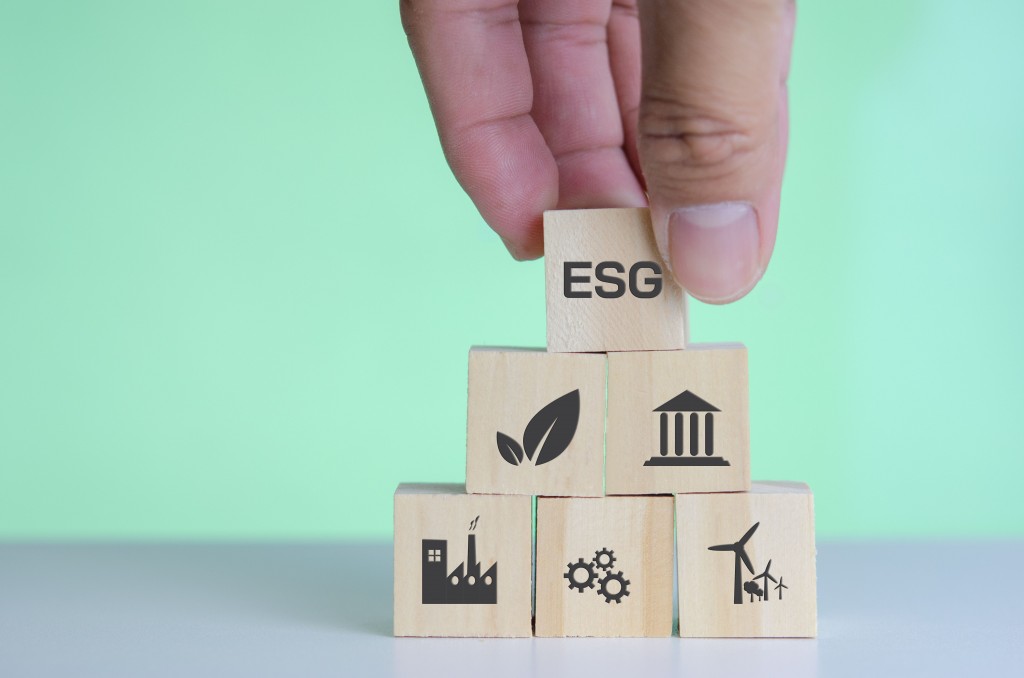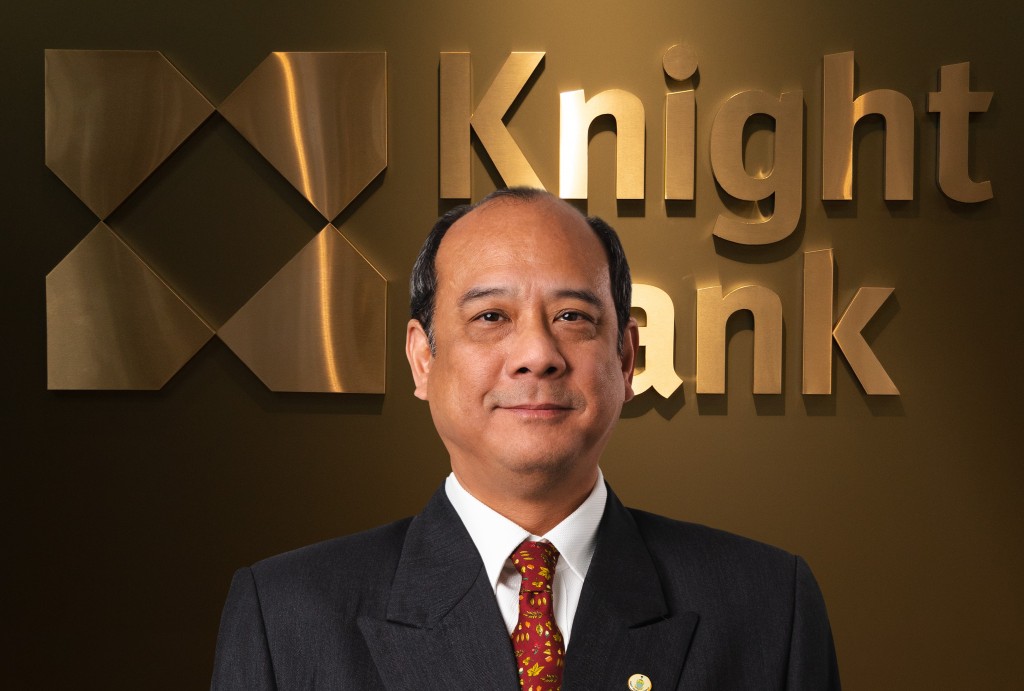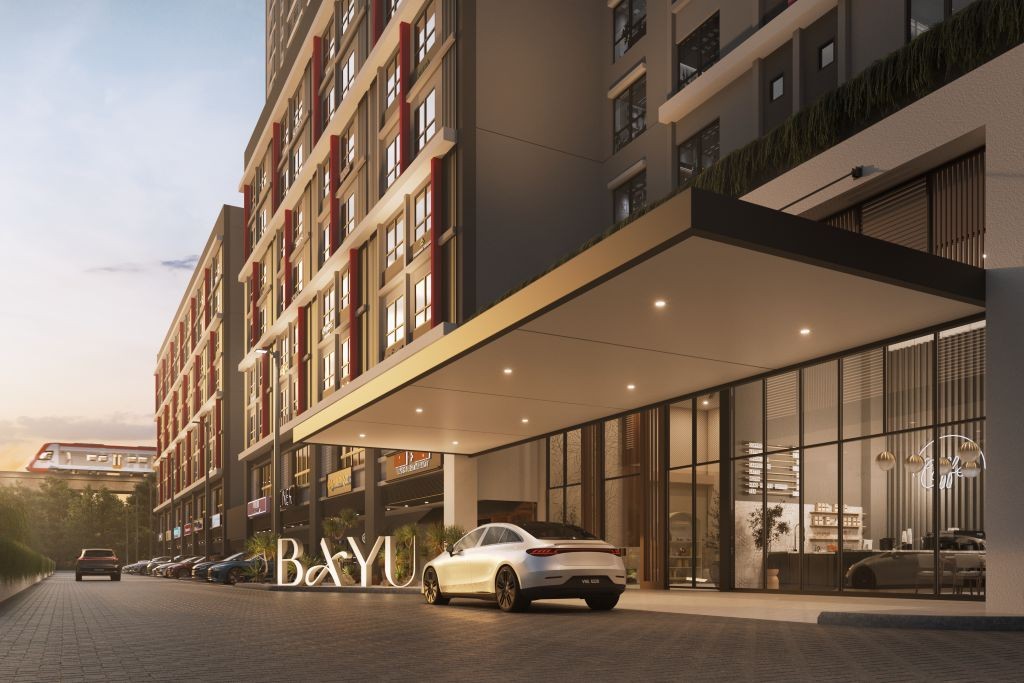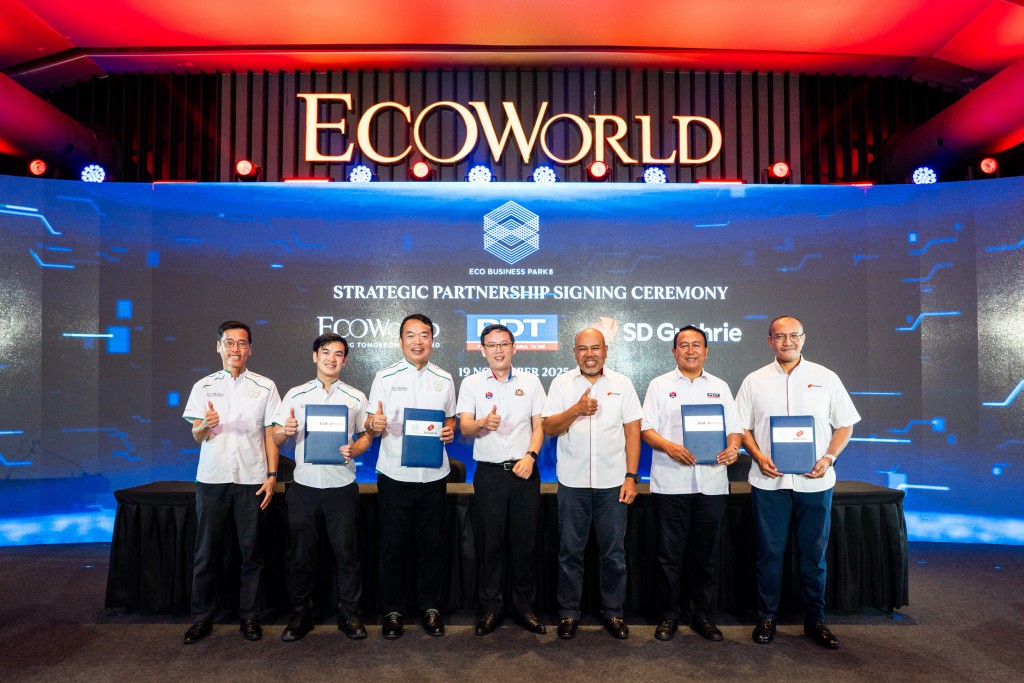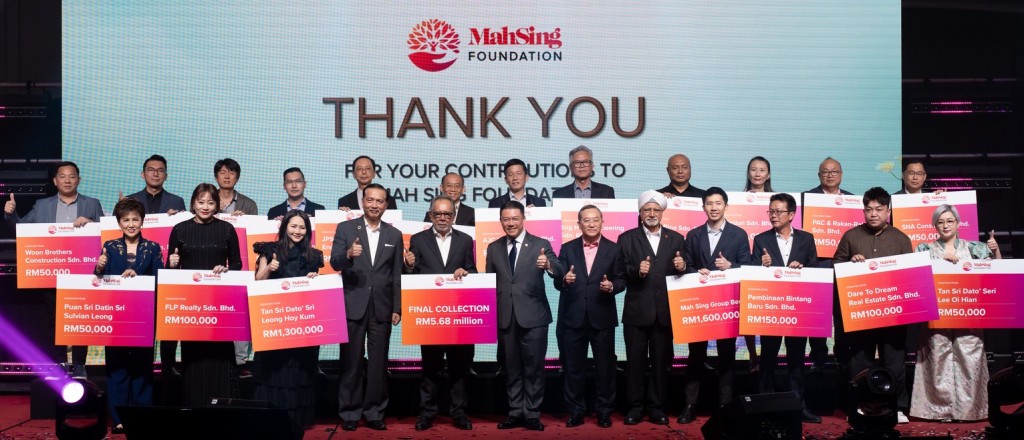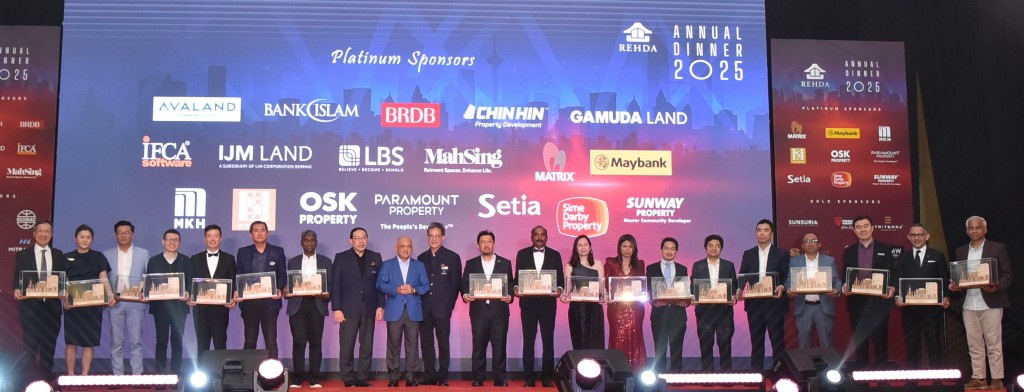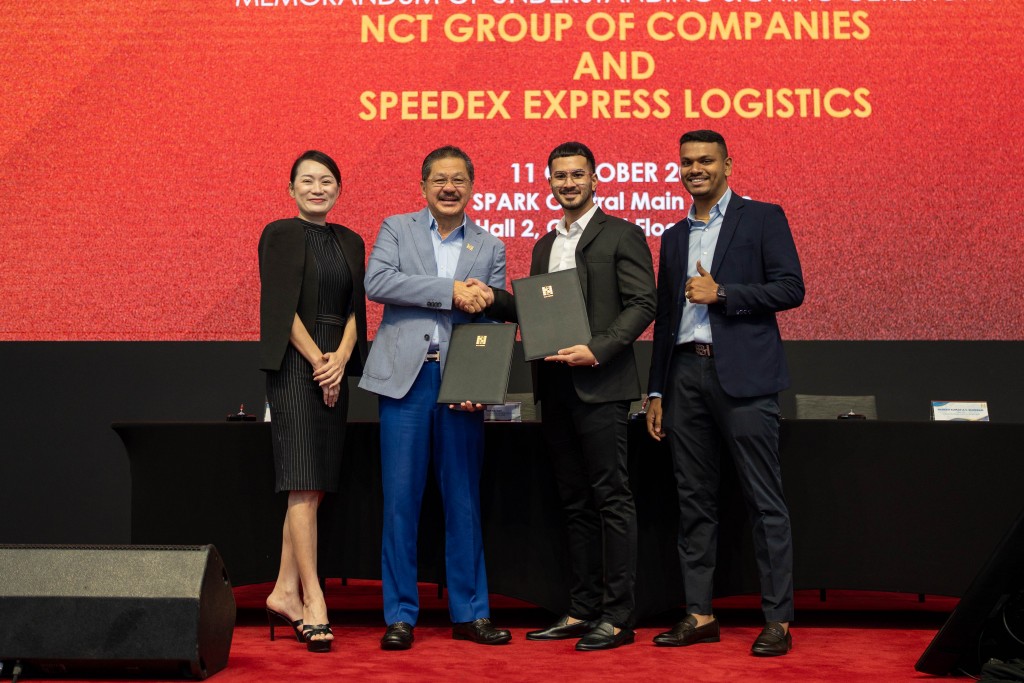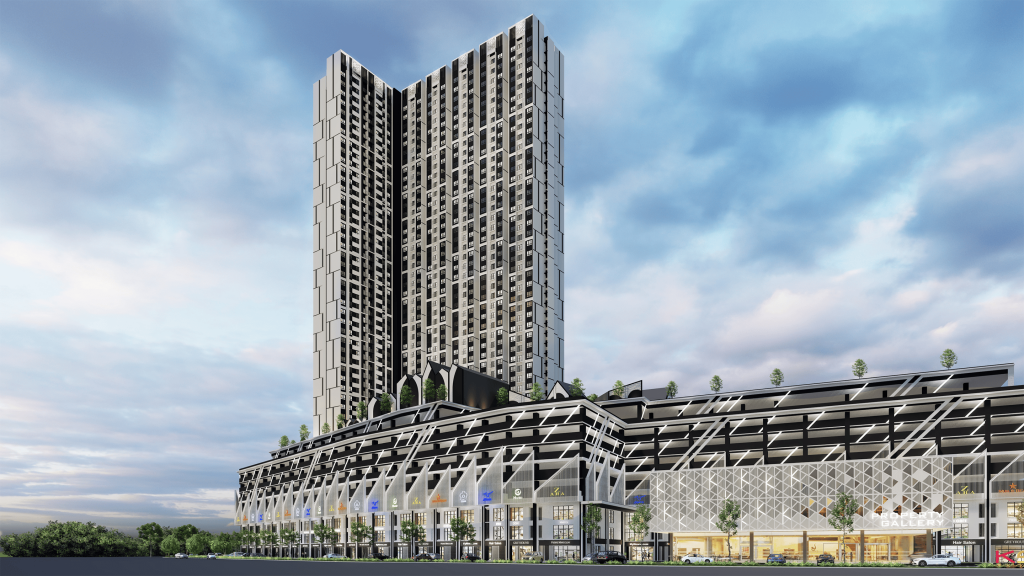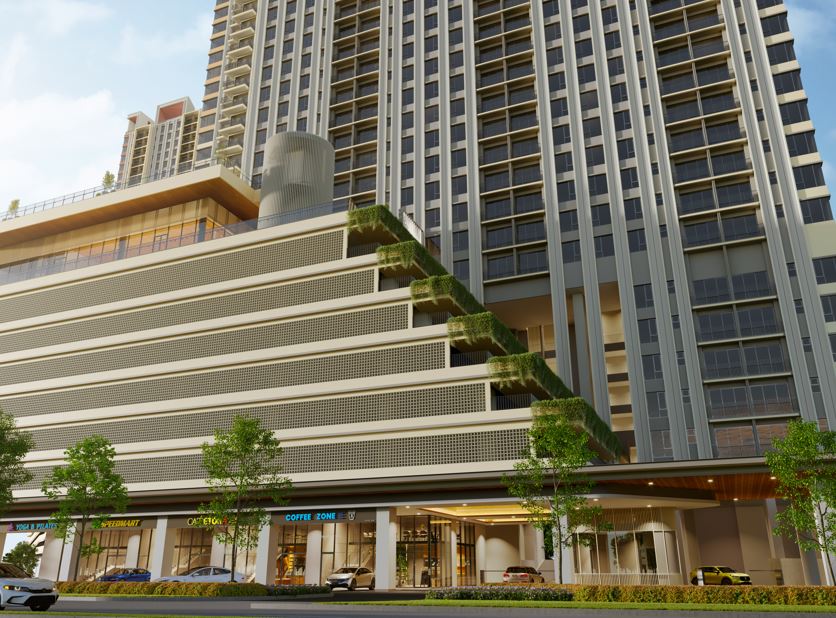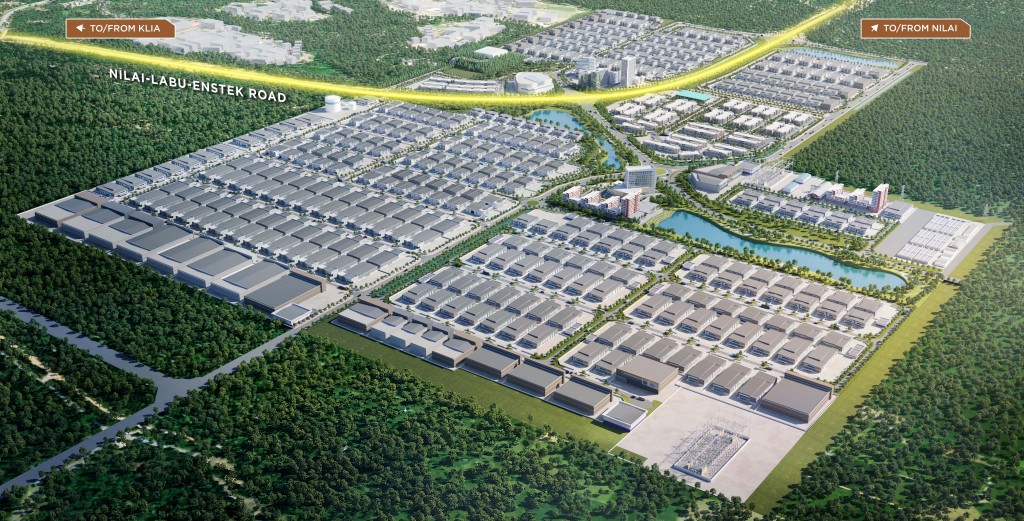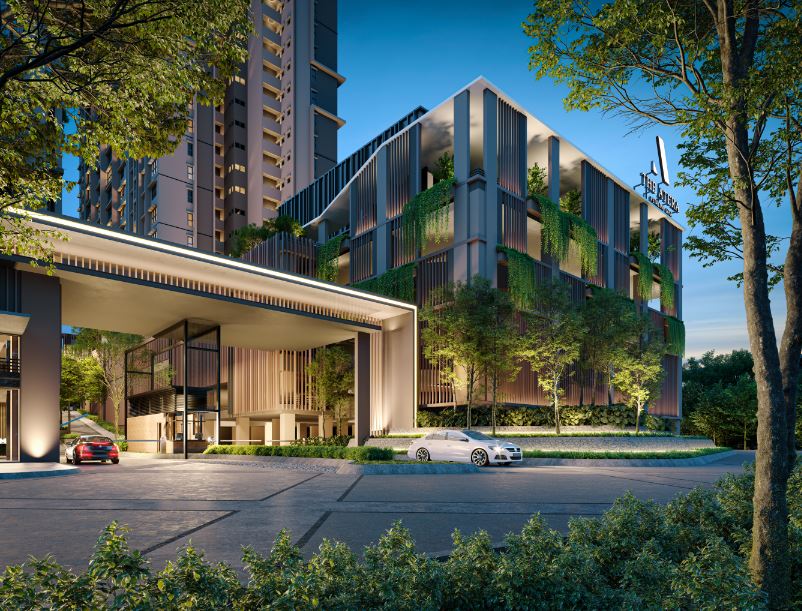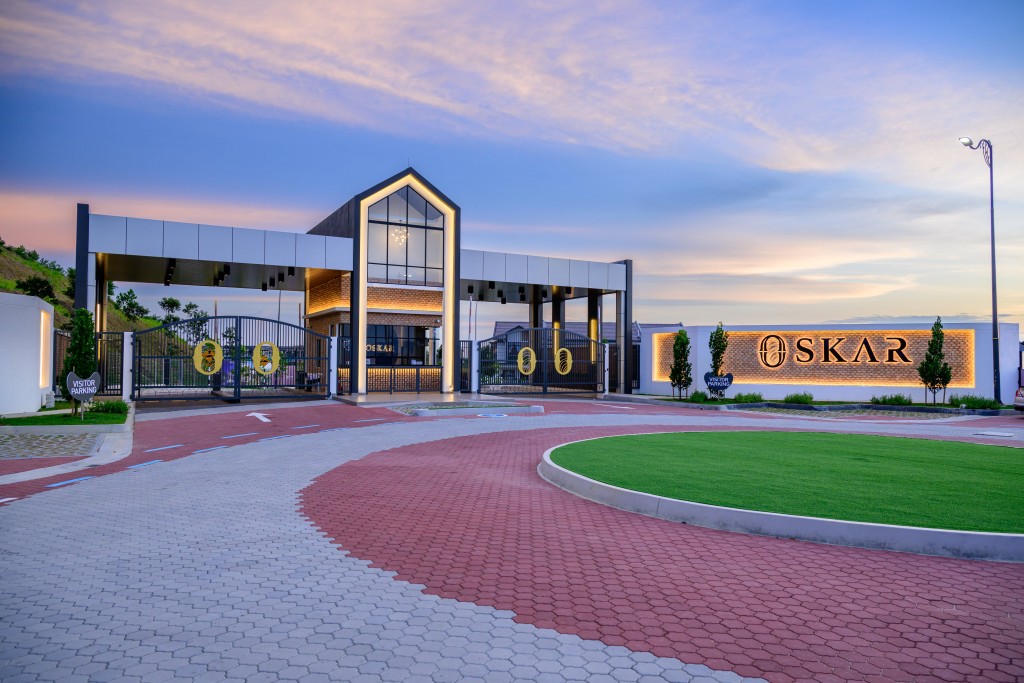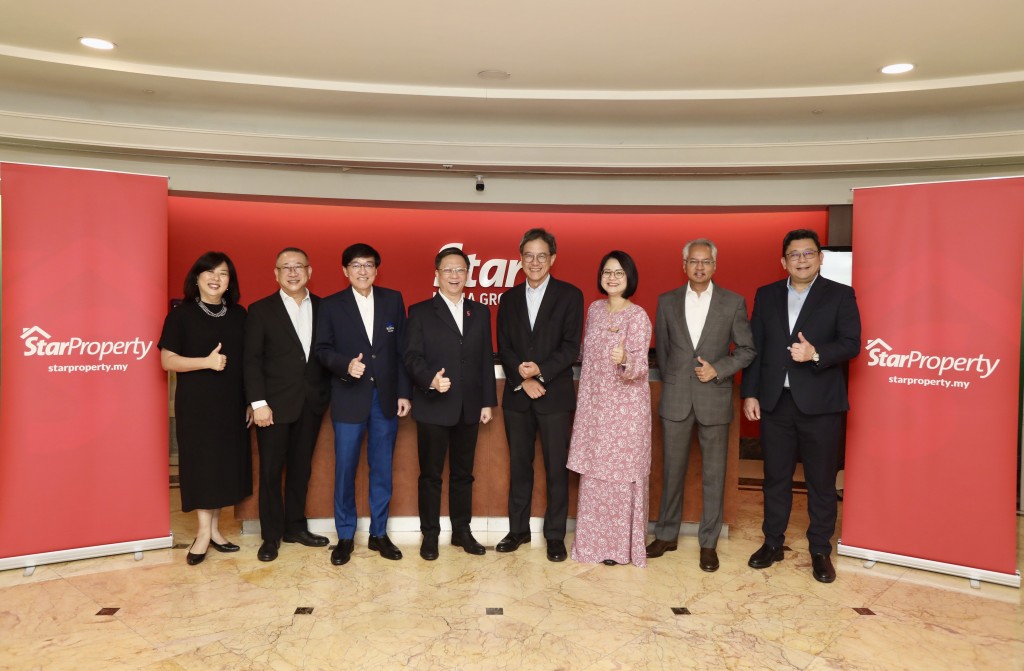Across Malaysia’s built environment, firms spanning architecture, engineering and construction (AEC) are facing unprecedented pressure to integrate and demonstrate their commitment to environmental, social and governance (ESG) practices.
This is no longer a peripheral corporate social responsibility exercise but has evolved into a core business mandate. Investors, global funds and increasingly sophisticated clients are no longer satisfied with broad, aspirational commitments. They now demand clear policies, transparent reporting aligned with international standards and demonstrable, measurable outcomes that show accountability.
The pressure is systemic, driven by changes at the top of the financial hierarchy. Bursa Malaysia’s enhanced sustainability reporting requirements and the proliferation of investment funds dedicated to green or ethical development mean that firms lacking robust ESG frameworks risk being excluded from major capital inflows and lucrative tender opportunities.
For many of the small and mid-sized firms that form the backbone of Malaysia’s construction sector, however, moving from high-level intention to practical, daily implementation can feel daunting. The sheer volume of global frameworks—from ISSB and GRI to local green building standards—creates an overwhelming compliance hurdle.
As Knight Frank Malaysia group managing director Keith Ooi observed, the shift is fundamental: “ESG has become part of staying competitive, especially when it comes to tender requirements. But it doesn’t have to be overwhelming — the key is to start small, identify gaps and build step by step.”
The crucial challenge lies in translating abstract global principles into practical, profitable actions that make sense for daily business operations and project delivery on the ground.
The implementation barrier
The most common hurdle for Malaysian design and build firms is operationalising ESG principles. Firms struggle with basic questions: Where should we begin? Is it more important to draft a comprehensive policy, track supply chain carbon emissions, enhance stakeholder engagement or prepare an elaborate sustainability report? Applying generic checklists often proves ineffective because every firm has a unique footprint, organisational structure and project portfolio.
One way to address this is by moving away from a one-size-fits-all solution. By designing tailored strategies—aligned with local realities and upholding global standards like the ISSB and GRI—firms can build internal capacity in a structured way, ensuring sustainability becomes an enabler, not a burden. These tailored strategies typically begin with:
- Establishing baseline assessments and risk reviews: Conducting a thorough analysis to understand the firm’s current performance across E, S and G metrics and identifying high-impact risks specific to their operations and supply chain.
- Drafting ESG and governance-related policies: Creating clear, actionable policies and communicating them internally to ensure alignment from the C-suite to the site team.
- Supporting tender compliance: Directly assisting clients in meeting the increasingly rigorous ESG criteria embedded in major project tender requirements, ensuring they remain competitive.
- Building dashboards and simple tools: Developing accessible, user-friendly tools to track progress on key performance indicators (KPIs), turning complex data into actionable insights for management.
Operationalising E, S and G
For the built environment, the three ESG pillars demand specific, sector-focused attention.
The environmental mandate: This extends far beyond energy consumption in the completed building. A major focus is on reducing embodied carbon, basically the emissions associated with building materials (cement, steel, aluminium) and the construction process itself. Practical implementation involves adopting low-carbon materials, optimising structural design to reduce material volume, managing construction waste through advanced recycling programs and integrating renewable energy solutions directly into the project, such as rooftop solar photovoltaic systems. Green building certifications like GreenRE or GBI become essential reporting tools for demonstrating impact.
The social imperative: The built sector is inherently people-centric. The social pillar addresses labour welfare, health and safety on site. This means ensuring fair wages, rigorous safety protocols that exceed regulatory minimums and robust training programs for workers. Crucially, it also involves community impact, including transparent engagement with local stakeholders, minimising disruption during construction and prioritising local hiring and procurement to ensure the project contributes positively to the socio-economic development of the area.
The governance foundation: Robust governance ensures that E and S commitments are upheld ethically. This involves implementing strict anti-corruption and anti-bribery policies, establishing clear reporting mechanisms for ethical violations and ensuring responsible procurement. Governance dictates that suppliers and contractors are vetted not only for cost but also for their own adherence to labour and environmental standards, creating a ripple effect of compliance throughout the industry supply chain.
Building long-term capability
Earlier this year, Knight Frank Malaysia released its comprehensive 2024 ESG Report, which detailed its baseline performance, risk management framework and progress against various international benchmarks. This internal exercise proved invaluable, providing the consulting team with a deep, firsthand understanding of the practical and logistical challenges businesses face when implementing a comprehensive reporting framework. Ooi noted that this process reinforced their core philosophy: “Going through the process ourselves gave us a deeper understanding of the practical challenges businesses face. It reinforced our belief that ESG must be integrated into the way organisations actually work, not just how they report.”
Looking ahead, the long-term opportunity for Malaysia’s design and build sector lies in embedding ESG across every stage of the project lifecycle, from initial planning and material selection through to final delivery and facility operations. This involves continuous upskilling and training for teams, developing meaningful, sector-specific metrics and fostering a culture of long-term accountability. ESG adoption is far more than regulatory compliance; it is a critical strategy for mitigating risks, attracting talent and securing financial stability in a volatile global market.
By making ESG practical, achievable and centrally integrated, businesses can build resilience and future-proof their operations. As Ooi concluded: “ESG isn’t a trend—it’s a pathway to resilience and competitiveness. By making it practical and achievable, businesses can future-proof themselves while contributing positively to the wider built environment.”
For Malaysia’s AEC sector, the transition to ESG is the definitive way to ensure sustained relevance and economic leadership in the global economy.
This article was first published in Star Biz7.
Stay ahead of the crowd and enjoy fresh insights on real estate, property development and lifestyle trends when you subscribe to our newsletter and follow us on social media.

